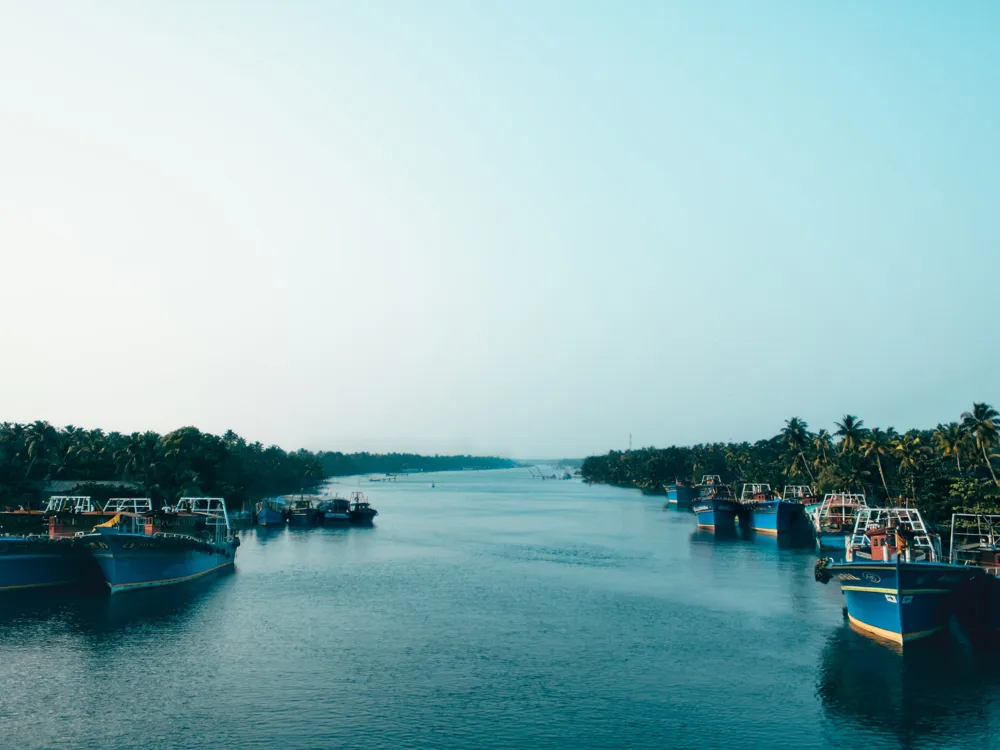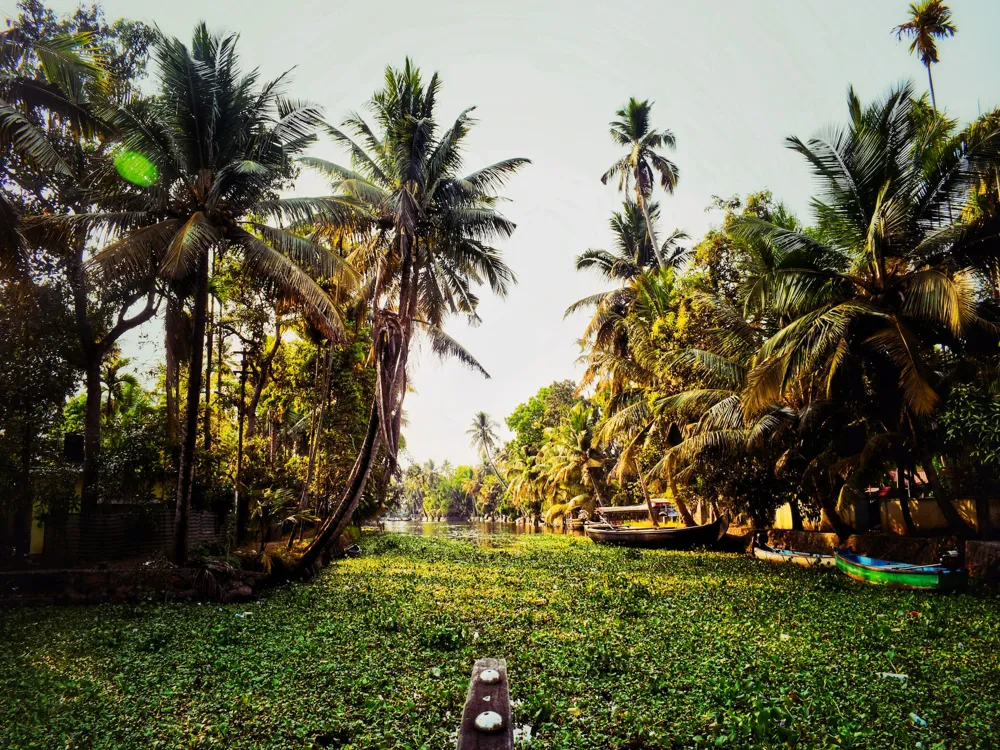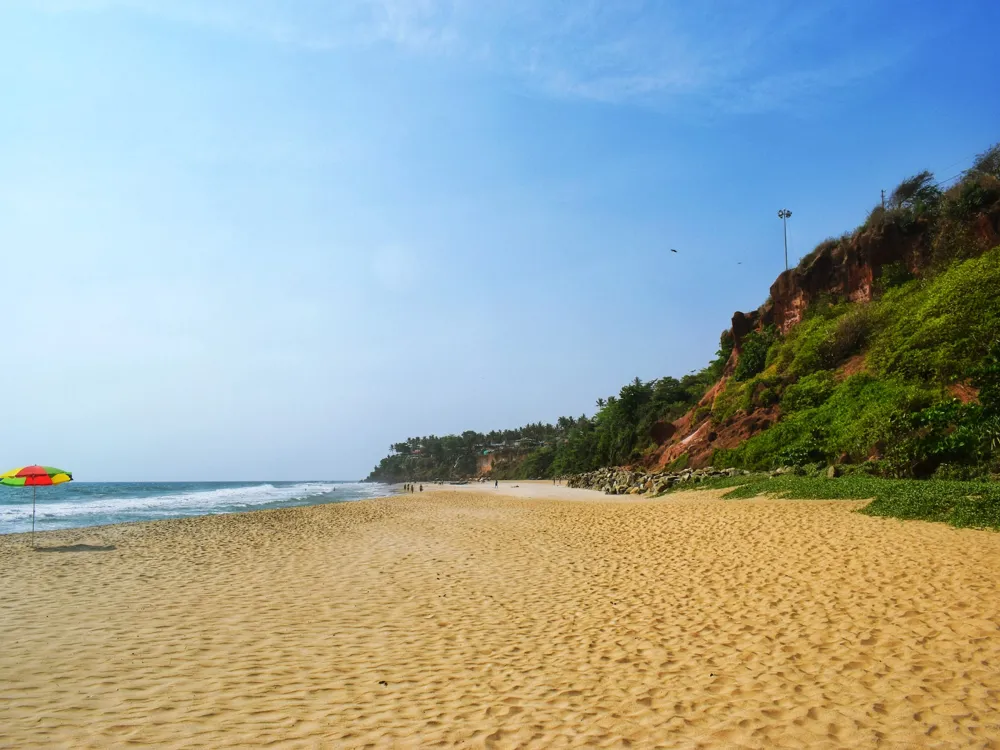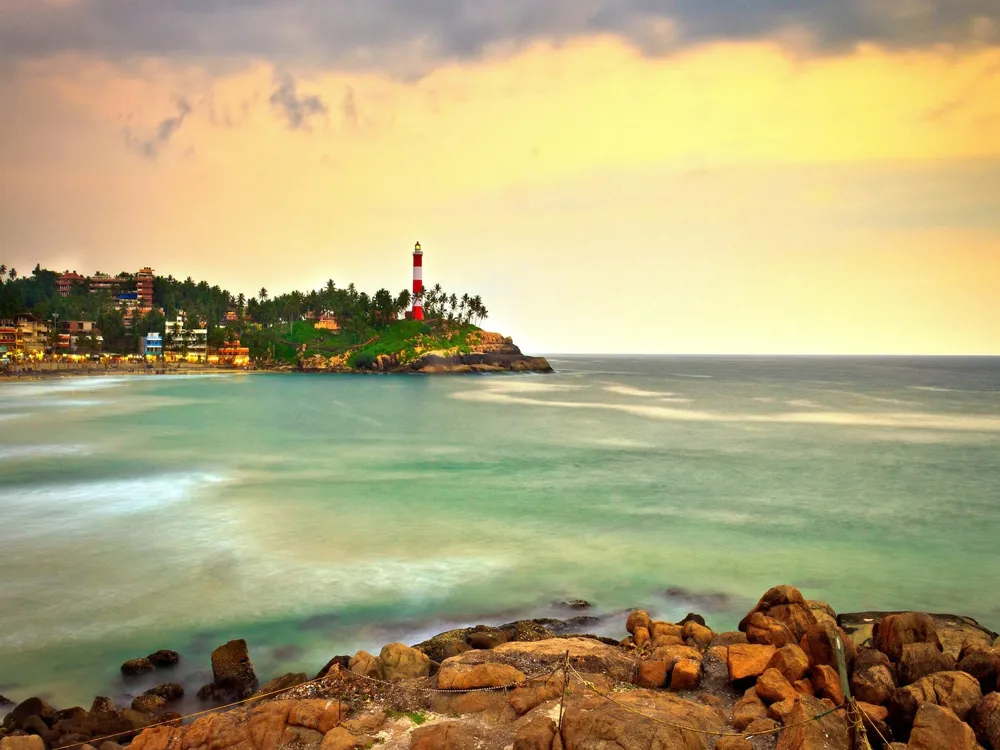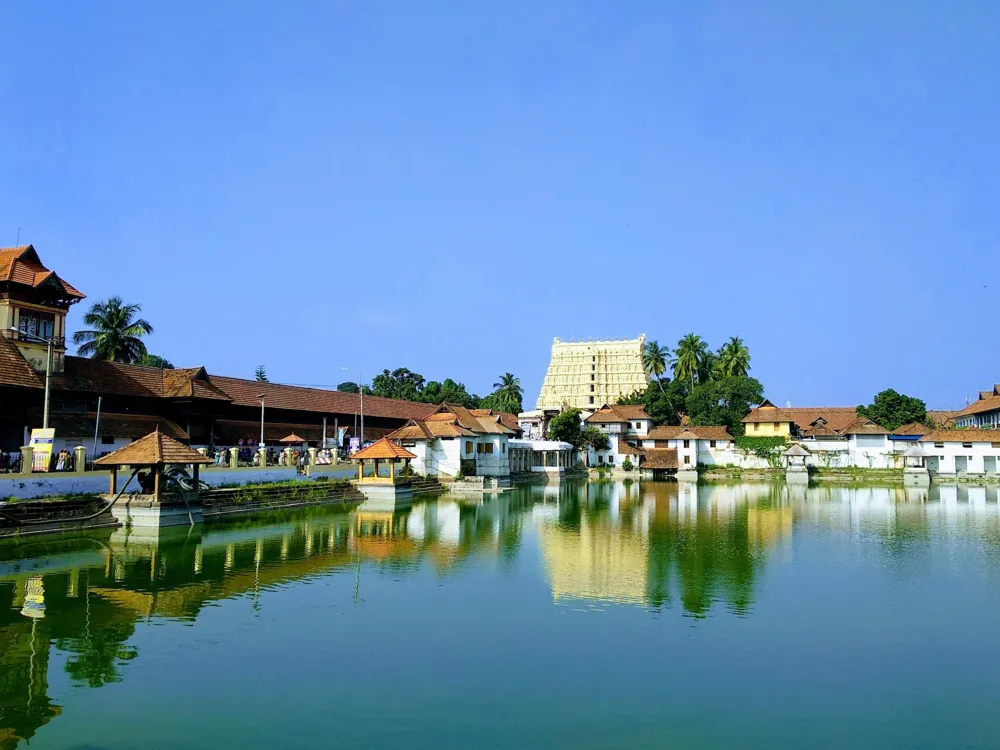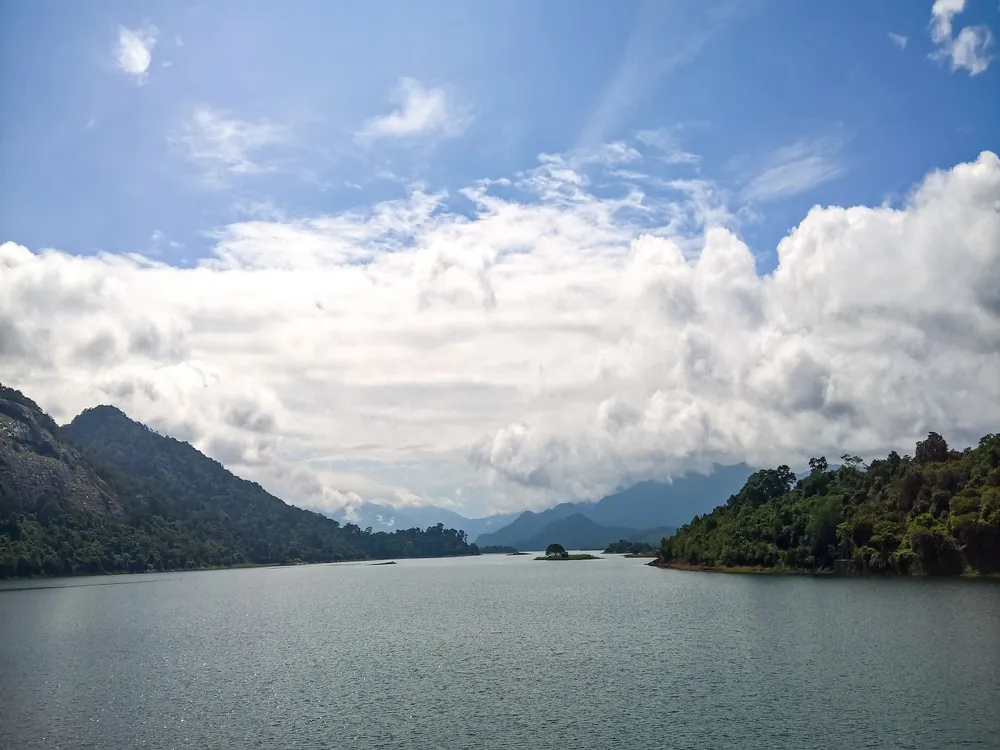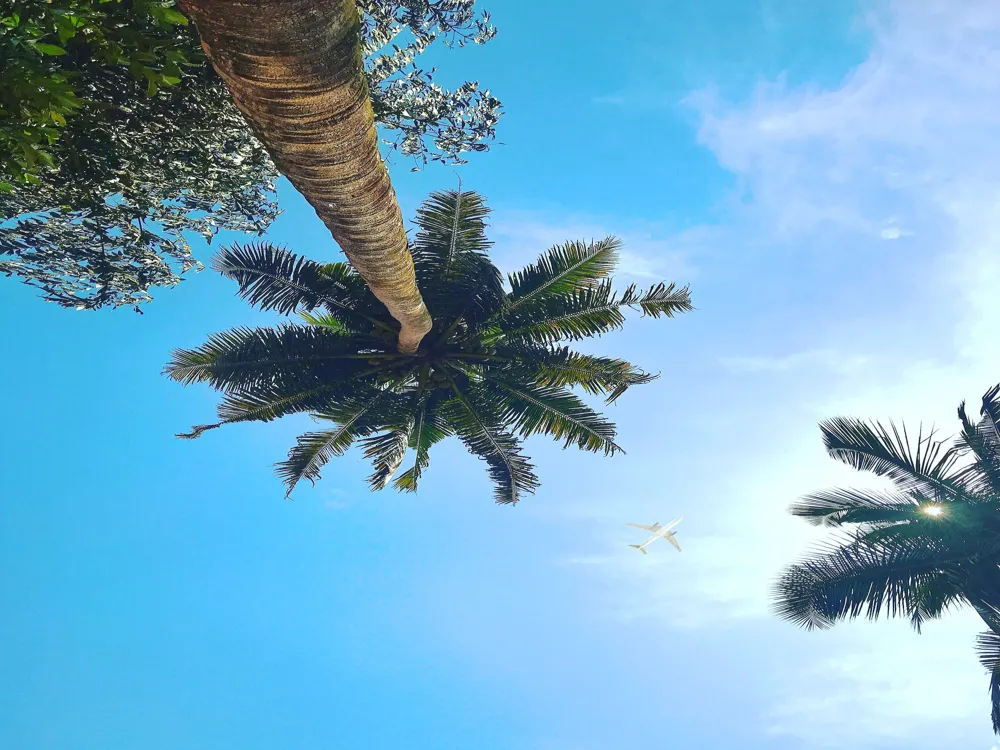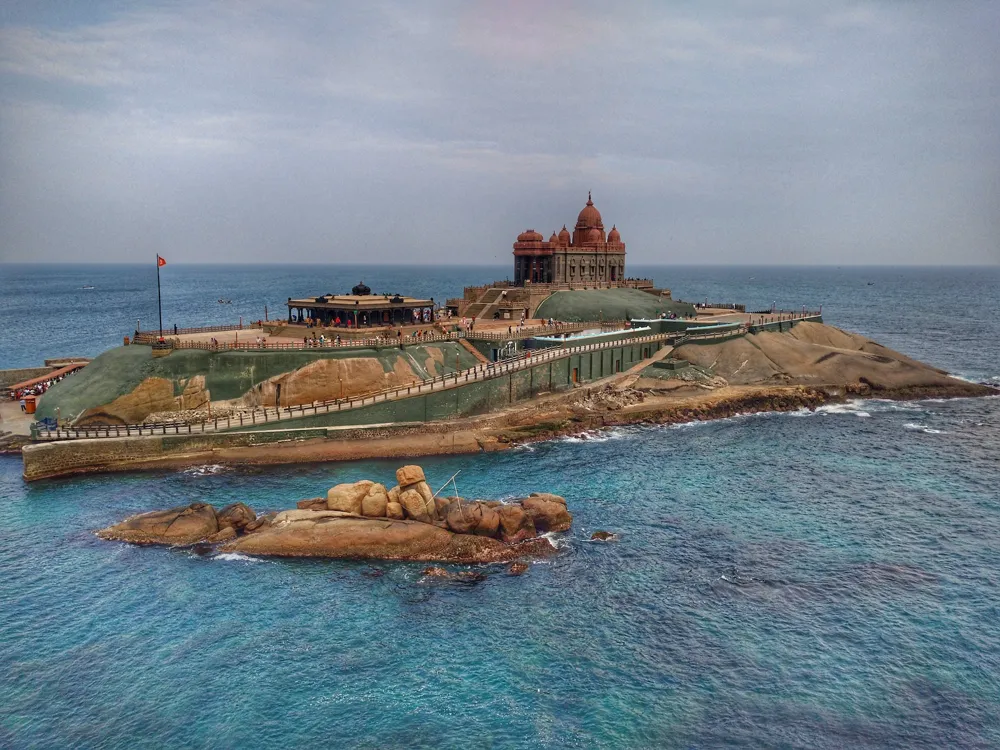The Maha Vishnu Temple, located in the heart of Kollam, Kerala, is a beacon of spiritual and cultural significance in South India. This ancient temple, believed to be several centuries old, stands as a testament to the architectural brilliance and religious fervor of the region. Dedicated to Lord Vishnu, one of the principal deities in Hinduism, the temple attracts thousands of devotees and tourists annually, drawn by its historical, religious, and architectural magnificence. The origins of the Maha Vishnu Temple are shrouded in mystery and legend. According to local beliefs, the temple was established by the divine sage, Parasurama, who is credited with creating Kerala. It has undergone numerous renovations and expansions over the years, each contributing to its grandeur. The temple is not just a place of worship but also a repository of the region's rich cultural heritage, showcasing traditional rituals, festivals, and art forms. The temple's architecture is a splendid example of the fusion of various design styles that have evolved over centuries in Kerala. The complex features intricate carvings, ornate pillars, and magnificent gopurams (tower-like structures). The temple’s layout is typical of Kerala's temple architecture, with a central sanctum sanctorum, a circumambulatory path, and subsidiary shrines. The annual festivals held here, especially the temple chariot festival, are a riot of colors and exuberance, reflecting the vibrant cultural tapestry of Kerala. The temple premises also house an impressive collection of artifacts and murals, some of which are centuries old. These artworks depict various episodes from Hindu epics and are a visual treat, illustrating the skill of the artisans of yore. The temple tank, believed to have healing properties, is another significant feature, playing a crucial role in the temple’s rituals and festivals. The Maha Vishnu Temple serves not just as a spiritual center but also as a symbol of the harmonious coexistence of various religious and cultural traditions in Kerala. Its doors are open to all, regardless of religion or ethnicity, embodying the inclusive nature of Indian spirituality. The temple's serene ambiance provides a tranquil retreat from the hustle and bustle of modern life, inviting visitors to immerse themselves in a world of spiritual calm and contemplation. The architecture of the Maha Vishnu Temple is a splendid amalgamation of historical and cultural influences, making it a masterpiece of Kerala's architectural heritage. The temple's design reflects the traditional architectural style of Kerala, known for its unique blend of beauty, functionality, and spiritual significance. The layout of the temple follows the classical architectural principles of Vastu Shastra, a traditional Indian system of architecture. Central to the temple's design is the 'Garbhagriha' or sanctum sanctorum, which houses the main deity, Lord Vishnu. This sacred space is characterized by its pyramidal roof, intricately carved wooden panels, and copper-plated roofing, which is a distinctive feature of Kerala temple architecture. Surrounding the Garbhagriha is the 'Pradakshina Patha', a circumambulatory path that allows devotees to walk around the sanctum. This path is lined with an array of smaller shrines, each dedicated to different deities, showcasing an inclusive approach to worship. The temple walls are adorned with elaborate murals and sculptures, depicting scenes from Hindu mythology, particularly the incarnations of Vishnu. One of the most striking features of the temple is its Gopuram, a monumental tower at the entrance. This towering structure is an architectural marvel, embellished with detailed carvings of gods, goddesses, and mythological creatures. The Gopuram not only serves as a grand gateway to the divine but also as a symbol of the temple's presence and significance in the region. The temple complex also includes a large pond, 'Temple Tank', which is integral to the temple's rituals and is considered sacred by the devotees. The architecture of the tank, with its steps leading to the water and surrounding pillars, complements the overall aesthetic of the temple. The use of locally sourced materials, such as wood, laterite, and granite, in the temple's construction, not only gives it a distinctive look but also reflects the sustainable practices of traditional architecture. The craftsmanship evident in the temple's woodwork, stone carving, and metalwork is a tribute to the skilled artisans of Kerala, whose legacy continues to inspire awe and reverence. Visitors are advised to adhere to a modest dress code. Traditional Indian attire is preferred. Avoid shorts, sleeveless tops, and revealing clothing. Respect the temple's sanctity by maintaining silence inside the premises. Photography may be restricted in certain areas, so it's advisable to check with temple authorities. Check the temple's opening hours as they vary. Festivals are a great time to visit, but be prepared for large crowds. The chariot festival is particularly spectacular. Engage with local customs and rituals for a more immersive experience. It's common to offer prayers and make offerings, which can be purchased inside the temple. Consider hiring a guide for an in-depth understanding of the temple's history, architecture, and rituals. Guides are available at the entrance. The Maha Vishnu Temple is easily accessible from various parts of Kerala. The nearest airport is the Trivandrum International Airport, about 70 km away. From there, one can hire taxis or use public transportation to reach Kollam. Kollam also has a railway station well-connected to major cities in India. For those preferring road travel, Kollam is well-connected by state and national highways. Local buses, taxis, and auto-rickshaws are readily available for local transportation within Kollam to reach the temple. Read More:Overview of Maha Vishnu Temple, Kollam, Kerala
Architecture of Maha Vishnu Temple
Tips When Visiting Maha Vishnu Temple
Dress Code
Temple Etiquette
Timings and Festivals
Local Customs
Guided Tours
How To Reach Maha Vishnu Temple
Maha Vishnu Temple
Kollam
Kerala
₹ 20,300 onwards
View kollam Packages
Kollam Travel Packages
View All Packages For Kollam
Top Hotel Collections for Kollam

Private Pool

Luxury Hotels

5-Star Hotels

Pet Friendly
Top Hotels Near Kollam
Other Top Ranking Places In Kollam
View All Places To Visit In kollam
View kollam Packages
Kollam Travel Packages
View All Packages For Kollam
Top Hotel Collections for Kollam

Private Pool

Luxury Hotels

5-Star Hotels

Pet Friendly








